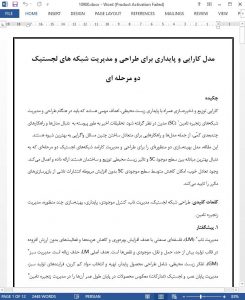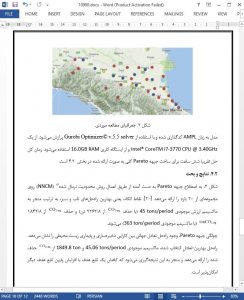Abstract
The distribution and storage efficiency together with the environmental sustainability are mandatory targets to consider when designing and managing modern supply chain (SC) networks. The current literature continuously looks for quantitative multiperspective strategies and models, including and best balancing such issues that often diverge. This paper presents and applies a bi-objective optimization model to best design and manage two-stage logistic networks looking for the best trade-off between the SC stock level and the building and distribution environmental impact. The existence of good balance confirms the possibility to reduce the average SC stock level without a relevant increase of the emissions due to frequent replenishments.
1. Introduction
Lean Management (LM) is an industrial philosophy aiming to increase productivity and to reduce costs and novalue added activities in the form of overproduction, transporting, inventory and defects. The main goal of LM is waste elimination. Green Management (GM) integrates the environmental thinking in Supply Chain Management (SCM), including sustainable product design, low-carbon material sourcing and selection, green manufacturing processes, end-of-life management and reverse logistics of the products at the end of their lifespan [1]. LM and GM share the common goal of waste elimination even if their focus is on different types of waste. A large number of researchers investigates the benefits of implementing such two practices separately. Few contributions exist in the literature examining the integration between LM and GM in the field of SCM, especially from a quantitative, i.e. modelling, point of view. The combination of LM and GM can lead to great results, higher than the sum of the performance from their separate application.
5. Conclusions and future research
Nowadays Lean Management (LM) and Green Management (GM) play a pivotal role in modern supply chains (SC) suggesting the need of an integrated approach in SC design and management. The joint implementation of LM and GM is a new challenge explored by few researchers and practitioners, especially from a quantitative perspective. This paper presents a bi-objective model simultaneously optimizing LM, in terms of storage efficiency through the SC, and GM, in terms of building and distribution environmental emissions.











